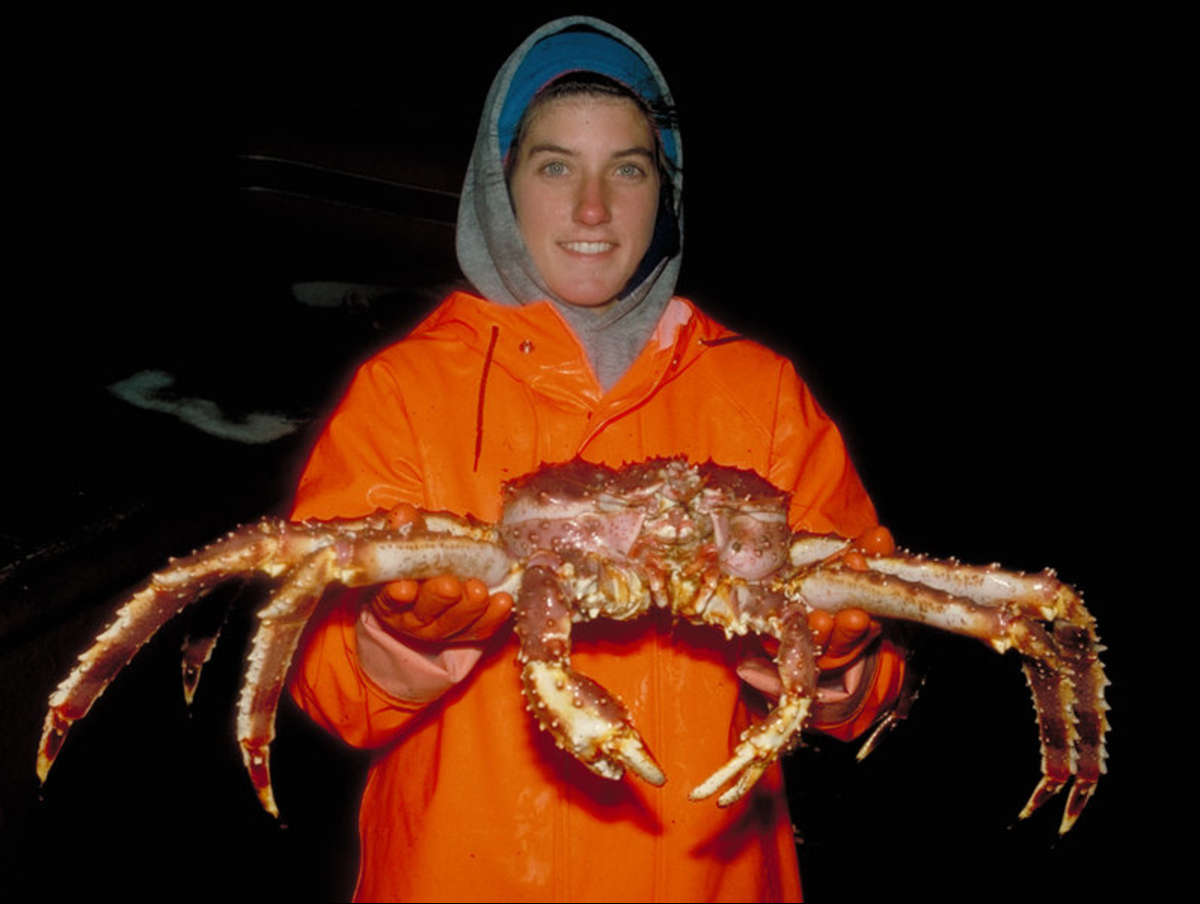It was a mix of good but mostly bad news for Bering Sea crabbers at this month's North Pacific Fishery Management Council meeting. The results from the summer trawl surveys showed “substantial” drops in numbers of king and tanner crab. Conversely, the snow crab stock appears to be on a big rebound.
The news was presented last week in the annual Stock Assessment and Fishery Evaluation Report for the North Pacific council.
For red king crab in Bristol Bay, numbers of mature males dropped more than 40 percent from last year, and mature females were down 54 percent. Even worse, the survey continued to show no sign of younger red king crab coming into the fishery.
"We haven’t seen recruitment in years,” said Bob Foy, director of the NMFS lab at Kodiak and leader of the council’s crab plan team.
In the report, the team noted that “it feels that the rather unusual environmental conditions in the eastern Bering Sea this year (e.g., elevated bottom temperatures, lack of a cold pool) and the model’s poor fit to the 2018 survey data increase the uncertainty associated with this stock and warrant additional precaution.”
The red king crab catch last year at Bristol Bay was 6.6 million pounds, a 20 percent drop from 2017.
For tanner crab, the number of mature females dictates the fate of a fishery and those numbers declined 70 percent in the eastern fishing district, continuing a trend over several years.
The news was better for the western region, where male tanners held steady, while females declined 14 percent. Foy also said there was a “substantial amount” of young crab poised to enter that region’s tanner fishery.
“Substantial” also sums up the good news for Bering Sea snow crab. The summer survey showed a 60 percent boost in market sized males and nearly the same for females. The SAFE report said the 2018 survey showed the largest mature male biomass since 1998.
Foy added that the survey “documented one of the largest snow crab recruitment events biologists have ever seen.” The snow crab fishery last season produced a 19 million pound catch, the lowest since 2005.







